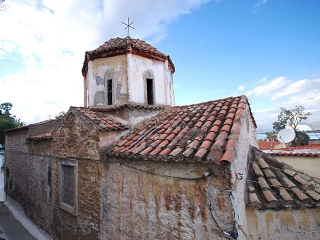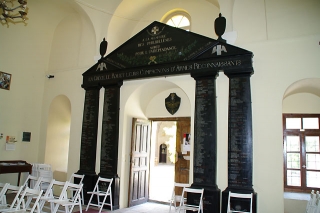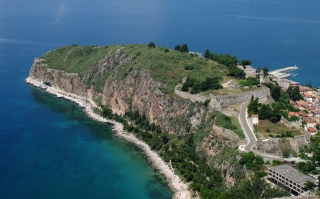
Acronafplia
Formed the walled settlement of Nafplio since ancient times and was given its final form by Franks and Venetians. In 1686 Venetians forbade the habitation in Acronafplia and transferred the population. In 1926 the notorious prison of Palamidi was relocated to Acronafplia and was finally demolished in 1970-71 to build Xenia Palace Hotel.
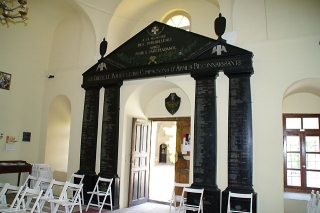
Catholic Church of Metamorphosis tou Sotiros
Transfiguration of the Saviour.
It is known as Francoklisia and was given to the Catholic Church in 1839. Inside there is a painting of the Sagrada Familia (Holy Family), copy of the work of the Italian Renaissance painter Raphael. It is used since 1839 to present day without interruption.
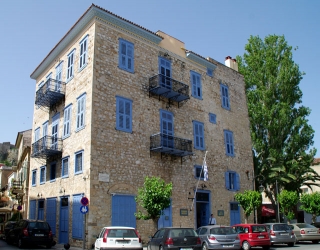
War Museum
The first Greek Military Academy was housed in this two-storey neoclassical building from 1828 until 1834. Since 1988 it houses the War Museum with collections (documents, weapons, maps) from the Greek Independence War until the 2nd World War.
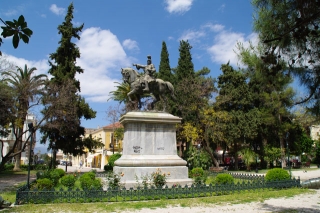
Kolokotronis Park
A monumental bronze statue of Theodoros Kolokotronis on horseback (hero in the greek Independence War) dominates the park. It was created in 1894. A similar statue is found in Athens in front of the Old Parliament building.
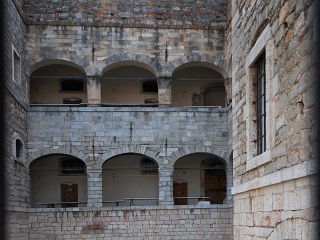
The Turkish Medrese - Leonardo Prison
Dating from late 18th-early 19th century it initially housed a Turkish school. The Prison of Palamidi was transferred here in 1926. Today it houses the restoration workshops and storage of the Archaeological Museum of Nafplio.
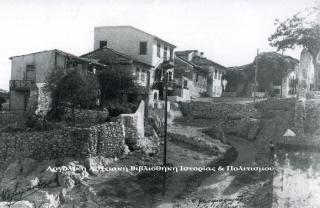
Psaromachalas - The "Fishermen district"
The "Fishermen district" is one of the oldest in the city. It is inhabited since the 13th century mainly by greek merchants and fishermen.
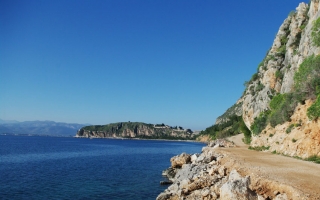
The Arvanitia walk
It is the locals' favorite walk along the steep cliffs of Acronafplia and the impressive walls of Palamidi. It ends at Arvanitia Square overlooking an organized beach.
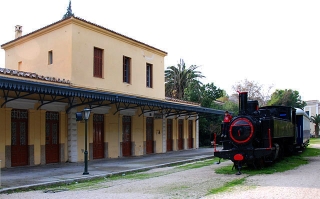
OSE Park
The old railway station of the city was constructed here in 1885 and was closed in 1963. Today within the park there is a rest area, a small open-air theatre and the Children's Museum with a shadow theatre.
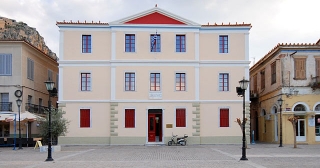
City Hall
A 19th century neo-classical building that housed the first High school of Greece in 1833. It was renovated in 1992 and since then it houses the City Hall.
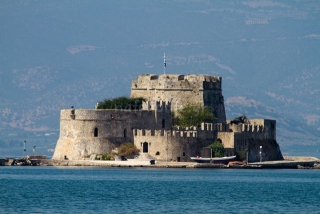
Bourtzi
Built in 1473, it served as a fortress until 1865. It became the residence of the executioners who carried out the death sentences in Palamidi prison. In 1935 it was converted into a hotel. Today there are regular boat-trips to the island.

